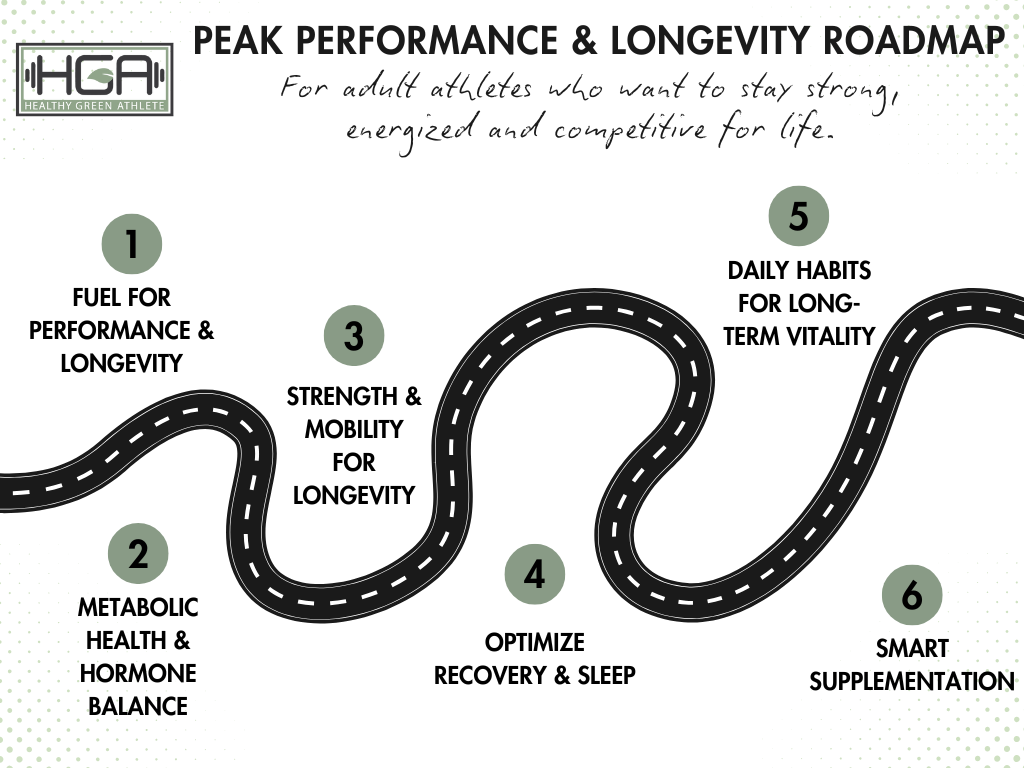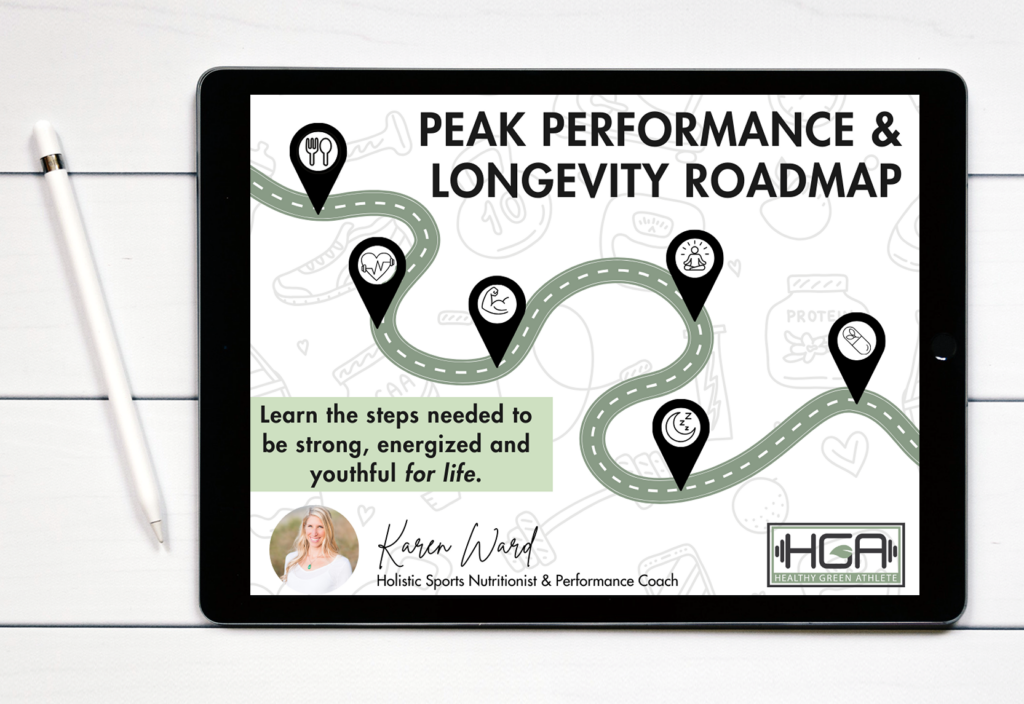1. Incorporate small, consistent activities.
Years ago, I read a book called The Slight Edge by Jeff Olson and it was one of those books that taught me such a valuable lesson about life, finances, health and productivity. The underlying principle of this book was that the secret to achieving any type of success, is consistently doing a small action until the desired result is achieved.
Daily habits are one of the best ways to create momentum towards achieving your goals. In this post, I provide some example habits that you can do based on your type of goal. If you’re the type that enjoys seeing your progress visually, you can download my Daily Habit Tracking Worksheet to help keep yourself in check.
2. Have goals that are realistic and have a real destination.
I often talk about the concept of having a “vision” but a vision is different than having goals. A vision provides the direction for the goals that you set – it’s your ultimate destination and is a visual representation of what you want your life to look like. The goals that you set are the accomplishments that you desire on your way to your vision.
Goals are unobtainable without a vision, and without goals a vision is just an unobtainable dream.
If you find yourself working toward a goal that is seems impossible to achieve within your desired time frame, then it probably is. Plus, you may lose momentum or motivation before you start seeing results. If you do have a lofty goal in mind use that as your destination but then set smaller, more realistic goals and work to accomplish those ones first.
3. Know what motivates you.
In this post, I offer you a free quiz to identify your core motivation style. Knowing what motivates you can kick you into gear for doing whatever it takes to accomplish your goal.
Some people are motivated by external factors and others by intrinsic (or internal) factors. Extrinsic motivation is when someone is seeking satisfaction in the form of a reward or seeking to avoid pain, punishment or discomfort. Examples of this type of motivation would be participating in sports to win an award, financial gains or receive recognition from someone else. It could also include studying for something because you want to get a good grade.
Intrinsic motivation is when someone is motivated to perform an activity that will provide personal satisfaction. With this type of motivation, the reward that the person is seeking is for personal happiness, joy, or a boost in self-confidence.
Regardless of whether you’re motivated by an external or internal factor, it’s important to know what your motivation style is and what is going to keep you from giving up on pursuing your goal.
If you care about the end result enough, and for the right reasons, you’ll be unstoppable in achieving it.
4. Have a plan for addressing road blocks.
Write down a list of potential road blocks that may come up and then develop a plan for how you’re going to address them when they do. I’d also recommend taking some time to reflect on reasons why you weren’t able to achieve goals in the past because those reasons are road blocks that may interfere yet again.
Here are some examples of road blocks you may encounter and what to do about them:
Stress
Stress can be a huge de-railer of success because it causes us to make decisions that we wouldn't if we weren't stressed. It can impact our food choices, sleep/recovery, and physical health. The best thing you can do to avoid this road block is to have a strategy for dealing with stress when it does come up - because it will. You can also boost your personal resilience which will improve your ability to deal with stress.
Lack of time and/or money
Oftentimes when athletes set out to achieve a goal, they have the best intentions and are willing to put in the work. It's not always the case, however, that these athletes are not in a position to spend money on what will help them achieve their goal. Time is another limiting factor especially for athletes who were multiple hats in their life. To address this road block, it may take some creativity to come up with actions that propel you toward your goal that don't require a lot of time or money. It also may require some changes in other areas of your life so that you can save up enough money to make a financial investment, or maybe drop some things from your plate so that you make your goal a priority.
Knowing what you want but not knowing how to get there
Of all the clients that I've ever worked with, they originally reach out to me because they are feeling stuck. They know that they want to accomplish some goal but they have no idea how to do it. If you're feeling stuck, this is the time to make some investments in someone who can guide you through the process of finding out the best approach for you. I would caution you from trying to find the answer on the internet (unless you have a favorite source that you trust) because with all of the controversial information available these days, it can get overwhelming really fast!
Fear of success or fear of failure
Fear of succeeding or fear of failing can keep you from achieving your goal and can result in never starting, loss of motivation, or never fully following through with a particular action. One of the best ways to address this fear is to surround yourself with people who aren't afraid to succeed or fail. These are the types of people who know that they deserve success, and their mentality will begin to rub off on you. Once you start to believe that you deserve to be rewarded with success from your efforts and failures are just opportunities to learn, then you'll be able to implement your action plan without hesitation.
5. Invest in your success.
An investment toward your goal is the commitment that you’re making to achieving it. This investment can be in the form of money, time or effort – or some combination of those three. If you’re not willing to put in any of these investments to get the results you’re looking for, then you’re not committed to it. And without commitment, failure is inevitable.
Also Read: 5 Self Discipline Tips for Adult Athletes
Once you have your list of goals and an action plan to go along with them, circle the actions that require a significant investment on your part. (Spoiler alert: they all should be some form of investment!)
The last thing I’ll say about turning goals into action is that you can’t always expect to see results right away. The other thing that I learned from Jeff Olson’s book is that if you’re showing up and doing the work every single day, even if it’s a small action, you’re putting yourself on the path toward your goal. It may take some time to see or feel the results but you have to trust that your actions – big and small – will all be worth the investment in the long run.














3 Comments
Pingback:
Pingback:
Pingback: